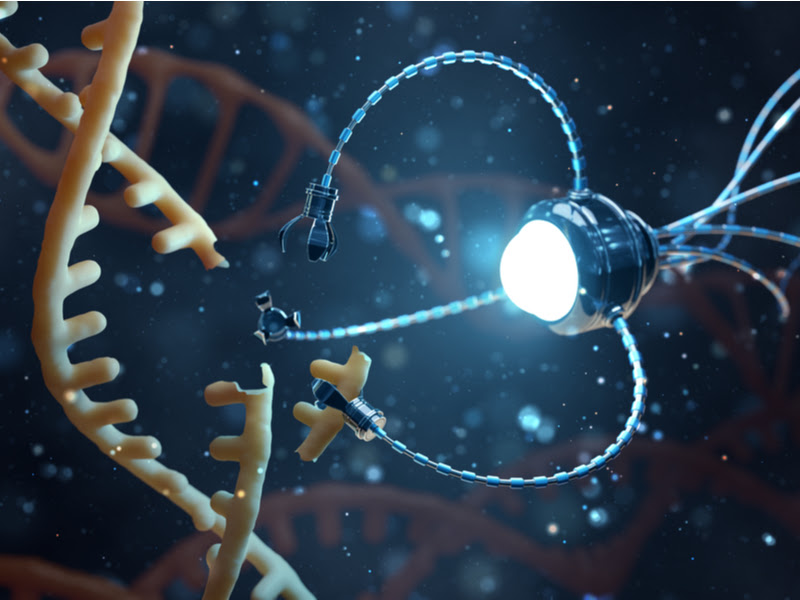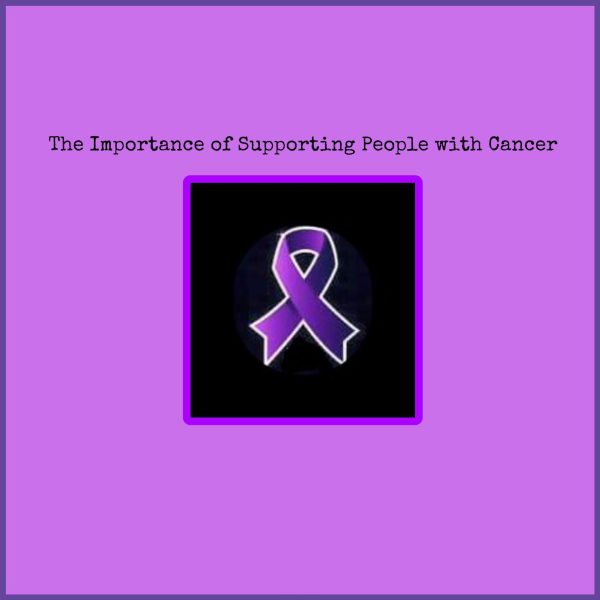Nanotechnology in Medicine
Nanotechnology has been shown and popularized heavily through film and television, which show a distinct future where technology and science have surpassed expectations. The future of medicine is seen as an almost automated task carried out by robots with little human intervention. Many times nanotechnology is shown as being the main medical device used to treat patients. Although this future seems to be centuries away, it is becoming evident that nanotechnology has developed at an extremely accelerated pace, and may even replace modern medicine within a century.
Before jumping into the specifics of nanotech in medicine, background information is vital for understanding the process. The oxford dictionary defines nanotechnology as “the branch of technology that deals with dimensions and tolerances of less than 100 nanometers, especially the manipulation of individual atoms and molecules” (a nanometer is a billionth of a meter). Oxford’s definition is a bit broad, so to specify for medicine, a better definition can be: technology small enough to interact with biological systems at a molecular or cellular level.
There are many pros and cons that come with this new type of technology. Some pros include personalized medical treatments which can be especially helpful for areas of medicine where there is a lot of ambiguity. Another pro is that it is a safer procedure. Nanotech can be initiated into the body through small openings while normal surgery needs large incisions, and this along with other factors leads to a large host of possible complications. Nanotechnology is also cheaper. A lot less materials are needed for a single therapy than the traditional version. Now onto the cons, the negatives of nanotech include advancements that could be weaponized. The technology could also create unforeseen reactions in the body leading to different and maybe even worse conditions.
When thinking about nanotechnology in medicine, the first thing that comes to mind is the implications of this technology regarding cancer. Nanotechnology’s use for cancer treatment is being researched by CytImmune Sciences. Chose research just concluded Phase I, where they used gold nanoparticles to target tumors. In the case of cancer, common therapies like chemo are only functional when given to the entire body, not only does this hurt healthy cells, it also makes the entire body exhibit side effects. With the use of nanotechnology, therapies can be localized to the region where the tumor is and side effects can be minor because of this. The localization also allows healthy cells to flourish while corrupted cells are destroyed.
Another use of nanotechnology is the creation of nanofibers, extremely small fibers comparable to nerves, which can help extend nerve endings and regenerate spinal nerves. This can be especially helpful to those who can’t feel or control certain parts of their body. This new treatment is currently being tested on mice. Another major uses of nanotech can be in treating viruses and bacteria. A pharmaceutical company is already doing research in using nanotech to treat viruses and bacteria, BlueWillow Biologics.
In conclusion, nanotechnology has major uses in medicine, from cancer treatments to recreating nerves. Many of these new technologies are currently being researched, and can eventually be used to treat any individual in society. These new technologies will have many unforeseen implications in the future that will shape humanity.






